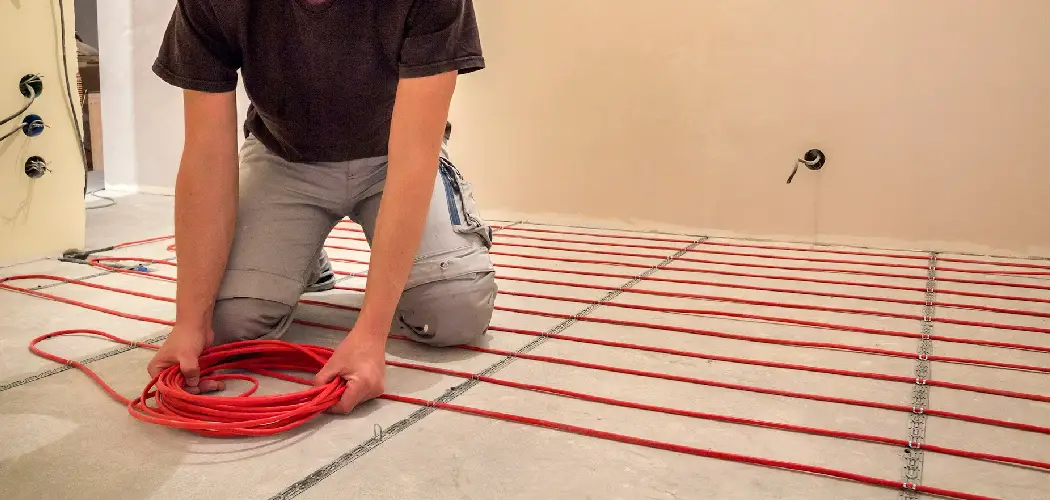Properly sizing a furnace for your garage is essential to achieving energy efficiency, comfort, and cost-effectiveness. Installing a unit that is too small can lead to uneven heating and difficulty maintaining a comfortable temperature.
On the other hand, an oversized furnace might cycle on and off too frequently, causing wasted energy and higher utility bills. Understanding how to size a furnace for a garage is vital for avoiding these common pitfalls.
This article aims to guide homeowners through the process of calculating and selecting the correct furnace size, taking into account factors like insulation, climate, and garage usage, to ensure a warm and efficient space.
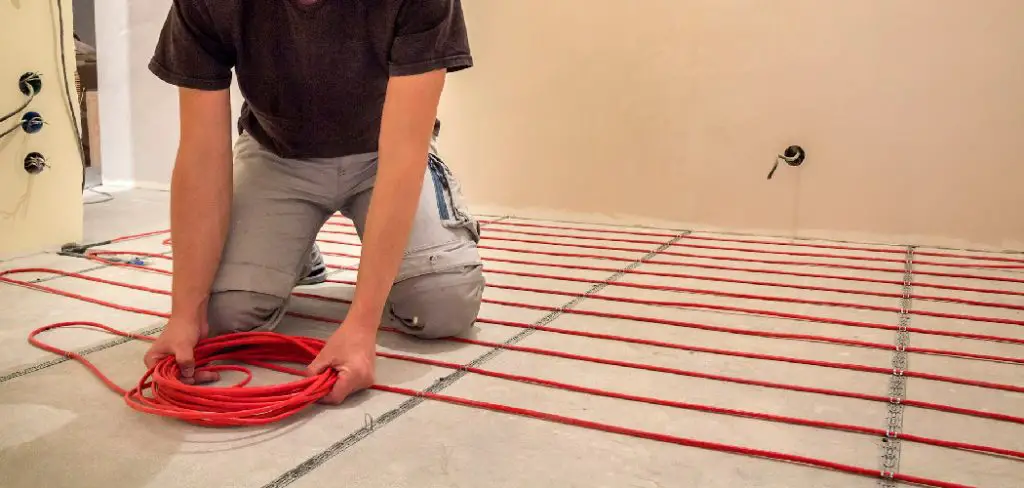
Why Proper Furnace Sizing Matters
Efficiency and Performance
A correctly sized furnace ensures your garage is heated efficiently and consistently. When a furnace is appropriately sized, it can maintain a steady temperature throughout the space without overexerting itself. This ensures your garage remains comfortable, even during colder months, and avoids uneven heating or cold spots.
Energy and Cost Savings
Proper furnace sizing directly impacts your energy consumption and utility bills. An oversized furnace often cycles on and off too frequently, leading to unnecessary energy waste and increased costs.
Conversely, an undersized furnace is forced to work harder and run longer to try to reach the desired temperature, which also results in higher energy use while still failing to adequately heat the space. By choosing a furnace that fits the specific needs of your garage, you can optimize performance while minimizing energy expenses.
Long-Term Equipment Lifespan
Selecting the right-sized furnace also extends the longevity of your heating equipment. Oversized furnaces endure additional wear and tear due to frequent cycling, while undersized systems experience strain from prolonged operation.
Both scenarios lead to a greater likelihood of breakdowns and costly repairs. Proper sizing reduces stress on the unit, allowing it to operate more efficiently and last longer, saving homeowners money and hassle in the long term.
How to Size a Furnace for a Garage: Assessing Your Garage’s Heating Needs
Effectively heating your garage begins with assessing its specific requirements. By evaluating various factors, you can ensure the heating system chosen will maintain comfort while operating efficiently.
Garage Size
Start by measuring the dimensions of your garage—length, width, and height—to calculate its total cubic footage. This measurement is essential for determining the heating capacity, often expressed in British Thermal Units (BTUs), required to heat the space adequately. Larger garages will naturally require systems with higher output to account for the increased volume.
Garage Use and Insulation
Consider how your garage is used, as its purpose will influence heating needs. For instance, a workshop that requires prolonged periods of use may need more consistent heat than a space designated primarily for vehicle storage. Additionally, the level of insulation plays a significant role. A well-insulated garage retains heat more effectively, reducing energy consumption, while poorly insulated spaces demand higher BTU output to compensate for heat loss.
Climate Zone Considerations
The climate of your region has a direct impact on heating needs. Colder zones typically require more BTUs per square foot than moderate or warm climates. For example, a garage in a northern winter climate will need a more robust heating system than one in a milder southern region.
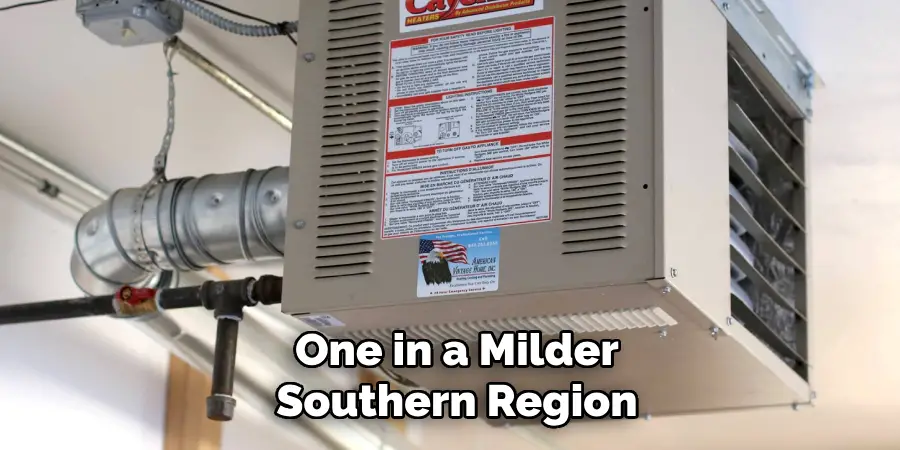
Garage Construction Materials
Pay attention to the materials used in the garage’s construction. Walls made of concrete or uninsulated drywall, along with thin or poorly sealing garage doors, can significantly affect heat retention. Selecting a heating system while factoring in these details ensures optimal performance and energy efficiency.
Understanding BTU Requirements
What is BTU?
British Thermal Unit (BTU) is a standard measure of heat energy, commonly used to rate the heating capacity of appliances like heaters and furnaces. It refers to the amount of heat required to raise the temperature of one pound of water by one degree Fahrenheit. Understanding BTU is essential in choosing an appropriately sized heating system for your garage.
General BTU Rule of Thumb
The amount of BTU needed for a garage depends on the size of the space and whether it’s insulated or not. Insulation plays a major role in retaining heat and can greatly affect the BTU requirement.
- Insulated garages: Approximately 30-60 BTUs per square foot.
- Non-insulated garages: Approximately 60-100 BTUs per square foot.
Example Calculations
Here are some examples to help illustrate how to calculate BTU requirements based on garage size and insulation:
- 2-car insulated garage (~500 sq ft):
500 sq ft × 40 BTUs = 20,000 BTUs required.
- 1-car non-insulated garage (~250 sq ft):
250 sq ft × 70 BTUs = 17,500 BTUs required.
Adjusting for Ceiling Height
If your garage has taller-than-average ceilings, you’ll need to adjust your calculations to account for the increased volume of air to be heated. This involves calculating the cubic footage (length × width × height) and factoring in the additional BTUs required for higher ceilings, ensuring effective and efficient heating performance.
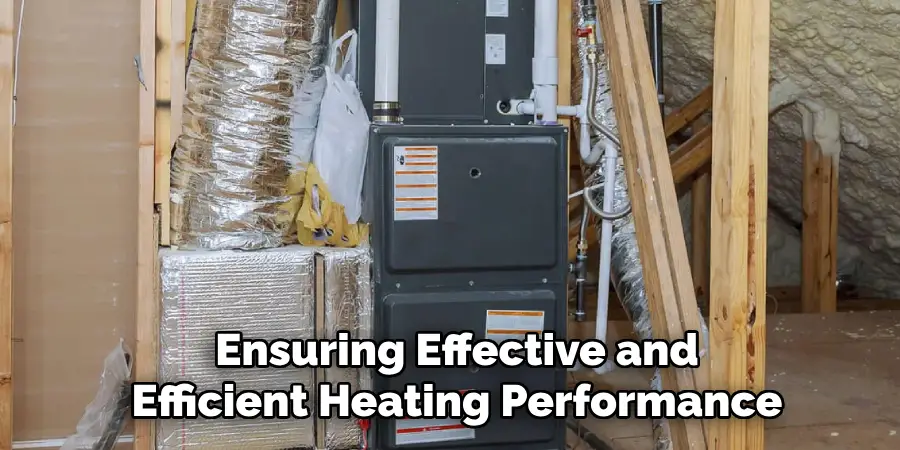
Additional Factors to Consider
Ventilation and Airflow
Proper ventilation and airflow are critical for achieving consistent and efficient heating in your garage. Without adequate airflow, heat may accumulate unevenly, leaving some areas too warm while others remain cold. This can influence the type of furnace or ductwork required. For example, a forced-air furnace may be ideal for ensuring even heat distribution, particularly in larger garages.
Garage Door Size and Frequency of Use
The size and how often your garage door is opened directly affect heat retention. Larger doors or doors frequently opened and closed can lead to substantial heat loss. This may require investing in a furnace with a slightly higher BTU rating to compensate for the additional heat loss and maintain a comfortable temperature.
Attached vs. Detached Garage
Whether your garage is attached or detached from your home has a significant impact on heating requirements. Attached garages benefit from shared walls with the house, which naturally reduce heat loss. Detached garages, on the other hand, experience greater heat loss since all walls are completely exposed to the outside, necessitating more robust heating solutions.
Presence of Windows or Drafts
Windows or poorly sealed gaps can significantly influence your garage heating needs. Drafts or older single-pane windows allow heat to escape, making it harder to maintain a warm environment. Upgrading to properly insulated windows and sealing any drafts will not only improve efficiency but also lower heating costs over time.
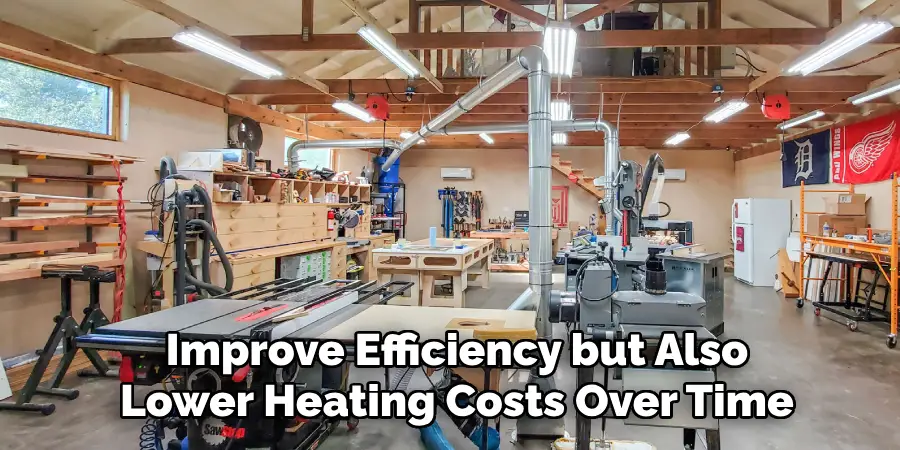
Choosing the Right Type of Furnace
When selecting a furnace for your garage, it’s essential to consider factors such as energy efficiency, cost, and installation requirements. Different heating systems offer unique advantages depending on the size of your space and how often it’s used. Below is an overview of common options to help you make an informed decision.
Gas Furnaces
Gas furnaces are a popular choice for garages due to their high BTU output, making them capable of heating larger spaces efficiently. They are cost-effective for long-term use, as natural gas is typically cheaper than electricity. However, they require a dedicated gas line and proper venting system, which can increase initial installation costs.
Electric Furnaces
Electric furnaces are simpler to install and don’t require gas lines or venting, making them a convenient option for smaller garages or areas without access to natural gas. On the downside, they often lead to higher operating costs, as electricity rates are generally more expensive than gas.
Propane or Portable Heaters
Propane or portable heaters provide a flexible and cost-effective solution for small garages or those used infrequently. They are easy to set up and move but may not be powerful enough for sustained heating in larger spaces.
Ductless Mini Splits
Offering both heating and cooling capabilities, ductless mini splits are an efficient and customizable option for garages. While the upfront costs can be high, the long-term energy savings and versatility make them a worthwhile investment. These systems work well in garages that serve as multi-purpose spaces year-round.
Hiring a Professional vs. DIY Sizing
Choosing the right heating and cooling system for your garage involves careful sizing to ensure efficiency and comfort. While some homeowners prefer a DIY approach, others may benefit from consulting an HVAC professional.
When to Consult an HVAC Professional
Hiring a professional is recommended for complex installations, such as detached garages or those located in icy regions. Professionals have the expertise to consider unique factors such as insulation quality, local climate, and garage usage patterns.
DIY Tools and Calculators
Online BTU calculators can help you estimate the required system size for simpler projects. These tools allow you to input variables like garage dimensions, insulation levels, and average outdoor temperature to provide a quick estimate.
Benefits of Professional Load Calculation
Professionals perform thorough Manual J load calculations to account for all relevant factors, including air leakage, solar heat gain, and appliance usage. This level of precision ensures optimal performance and energy efficiency in your garage.
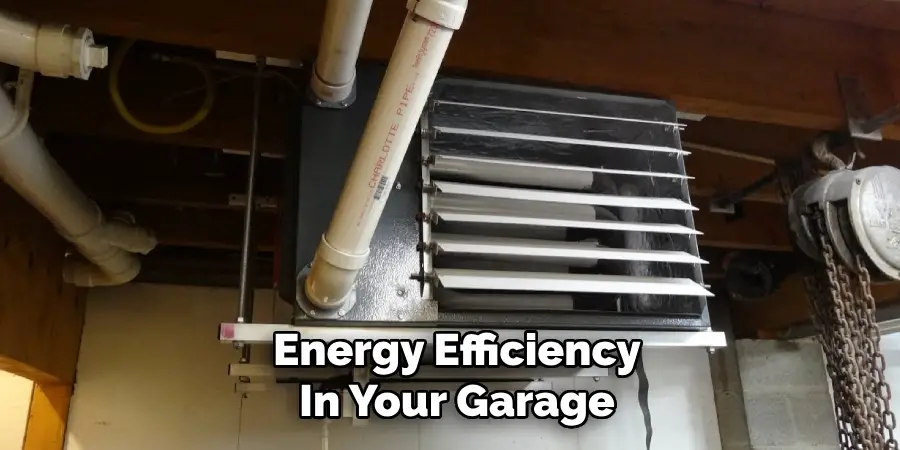
Conclusion
Understanding how to size a furnace for a garage is essential for creating a comfortable, energy-efficient space. Accurately sizing your furnace involves considering critical factors like insulation quality, climate conditions, and the garage’s intended usage.
BTU calculations play a vital role in determining the ideal furnace size, ensuring it meets your heating needs without wasting energy. Factoring in garage-specific variables, such as air leakage and appliance usage, further enhances efficiency. Whether you opt for a DIY approach or hire a professional, correctly sizing your furnace guarantees improved comfort, reduced energy bills, and long-term savings for your garage.

